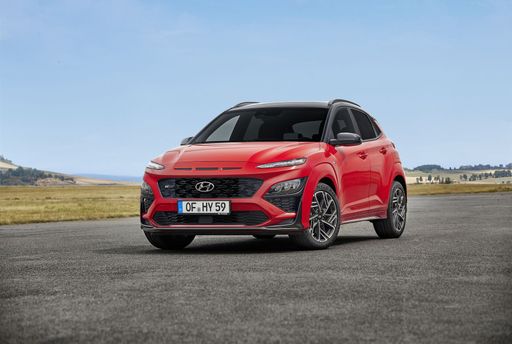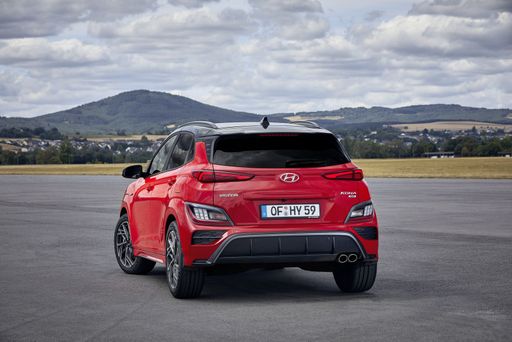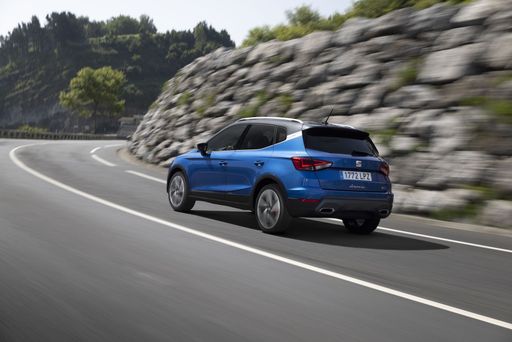Hyundai Kona vs SEAT Arona: A Comprehensive Comparison
The compact SUV segment is burgeoning with options, and two prominent contenders are the Hyundai Kona and the SEAT Arona. Both vehicles offer unique features, advanced technology, and distinct driving experiences. This article delves into the technical aspects and innovations of both models, enabling potential buyers to make an informed decision.








